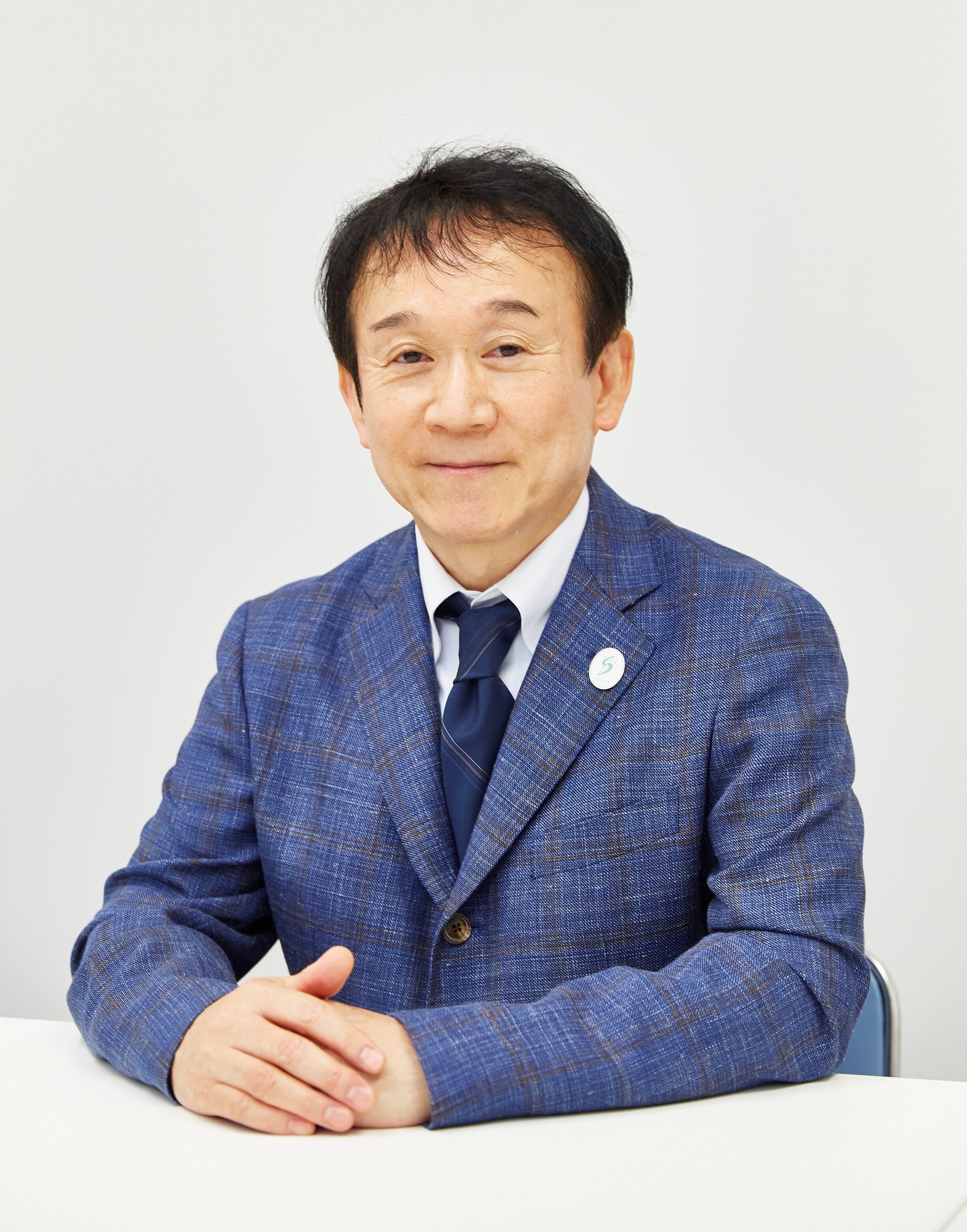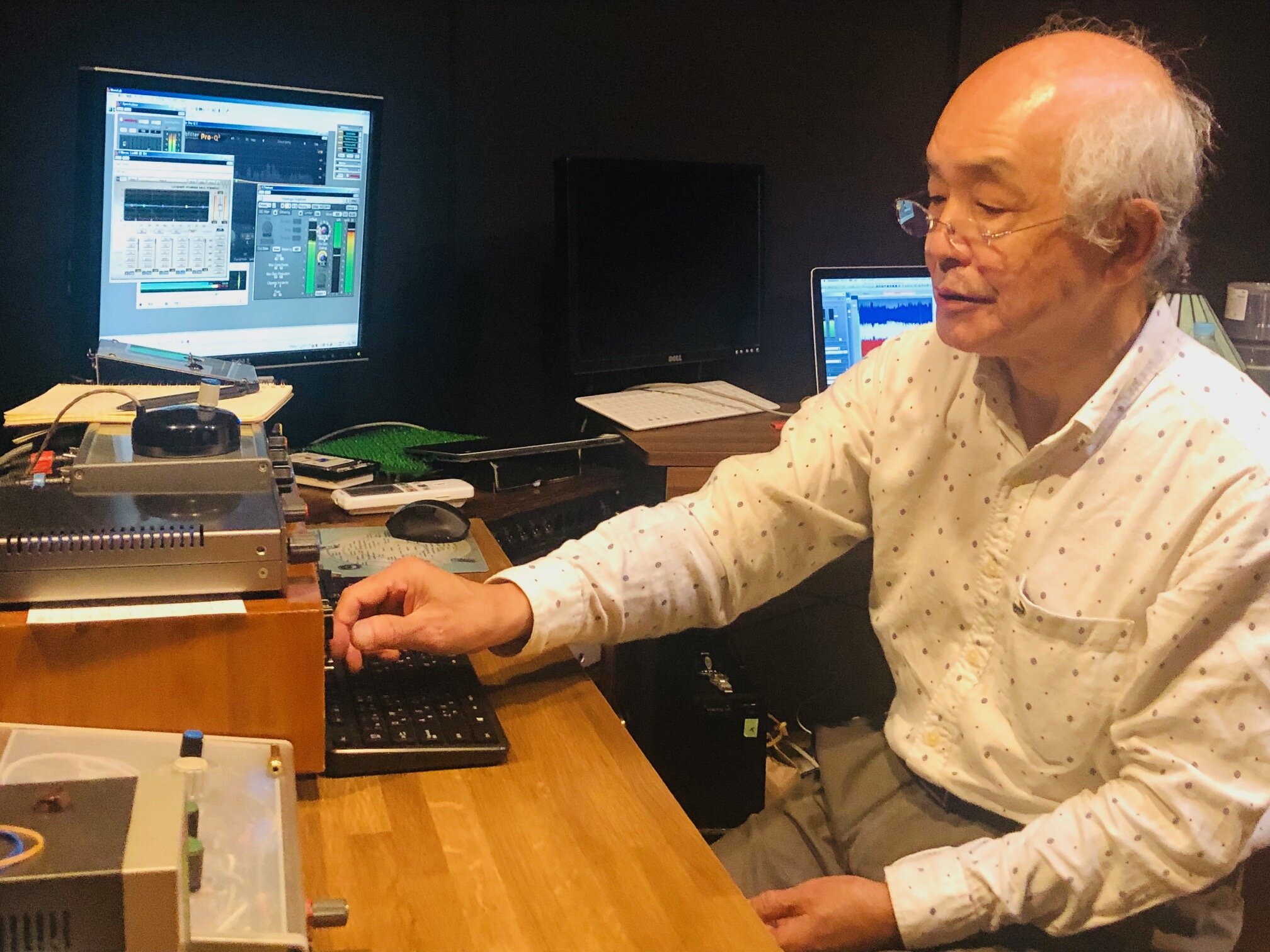「JASRAC音楽文化賞」は、売上や利用実績などの数字には表れない地道な活動を行っている個人・団体・作品等に光をあて、音楽文化の発展に寄与した功績を称え顕彰することにより、今後の活動への励みとしていただくことを願い、2014年11月に創設されました。
第8回の受賞者は次の方々に決定し、受賞者に表彰盾と副賞が贈られました。
<第8回JASRAC音楽文化賞 受賞者>
・有田 正広 様
・臼井 真 様
・田中 三一 様、小鐵 徹 様
有田 正広 様 / 古楽フルート奏者
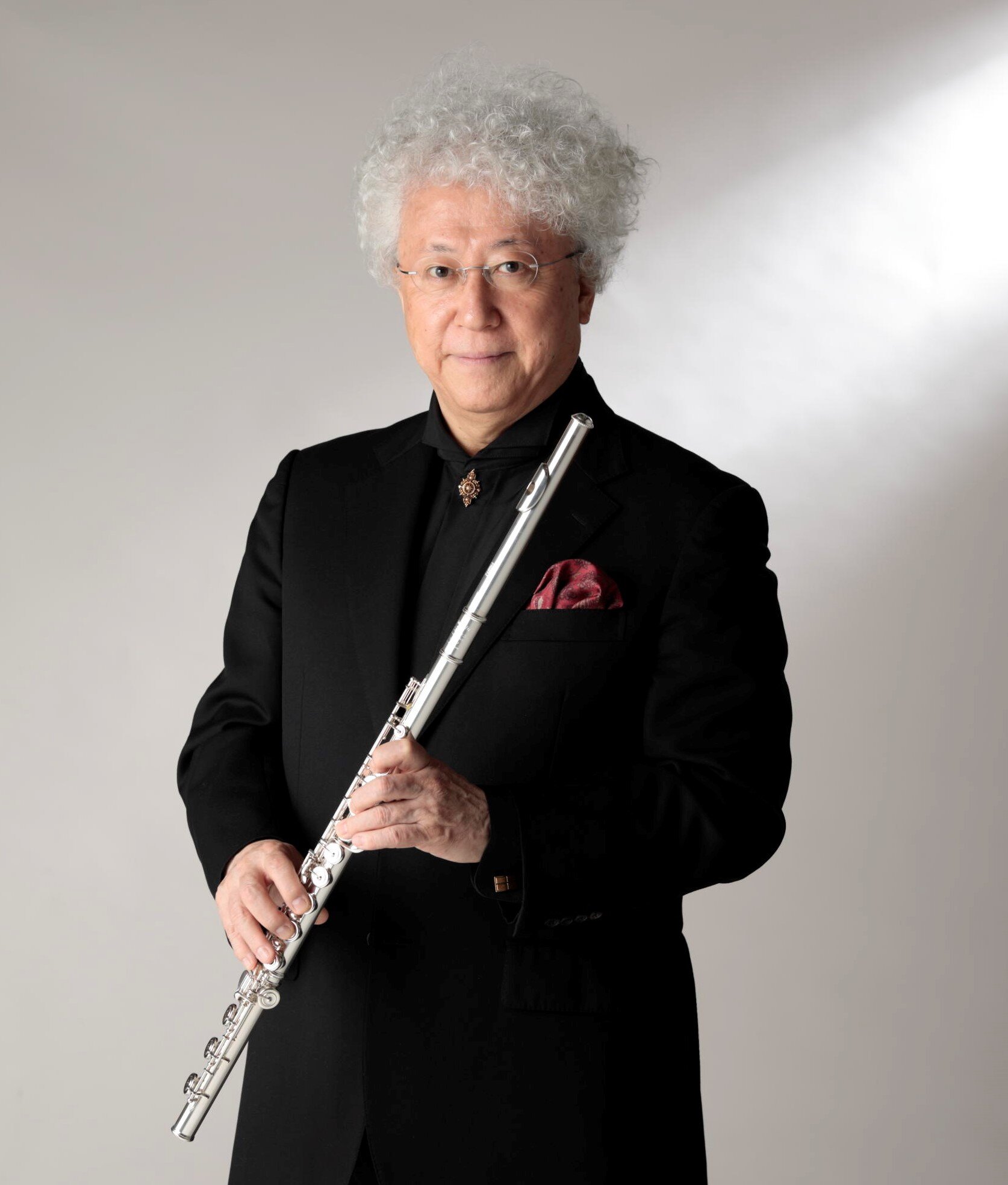 ©Rika Takei
©Rika Takei
顕彰理由
ルネサンス期から現代までの400年間に変遷を遂げた木管のフルート「フラウト・トラヴェルソ」と現代の金管のフルートの双方を駆使し、楽譜の考証と合わせて当時の音色、歴史的な奏法を現代に蘇らせている。日本初の本格的なオリジナル楽器のオーケストラ「東京バッハ・モーツァルト・オーケストラ」、さらにレパートリーをロマン派まで拡大した「クラシカル・プレイヤーズ東京」の創設者・指揮者としても活躍。注目されて久しい古楽演奏を黎明期から半世紀にわたり支えてきた。
受賞者コメント
子どものころから、過去の偉大な音楽家や名曲が生まれる瞬間、その背景、また各時代に演奏されていた楽器や当時の演奏方法などに思いを馳せてきました。古楽の演奏と研究の道を選び、そうした事を徐々に解き明かしても未知の世界は広がるばかりで、今も音楽の奥義を訪ねる日々が続いています。有り難い事に、こんな僕を盛り立て支えて下さる方々のお陰で、研究の成果を演奏で披露したり、教育の現場で若い方々に伝えたりすることが出来ています。そして今回の様に、この栄誉ある賞までも頂けることは大変に嬉しく、今後の励みに繋がります。大変にありがとうございます。
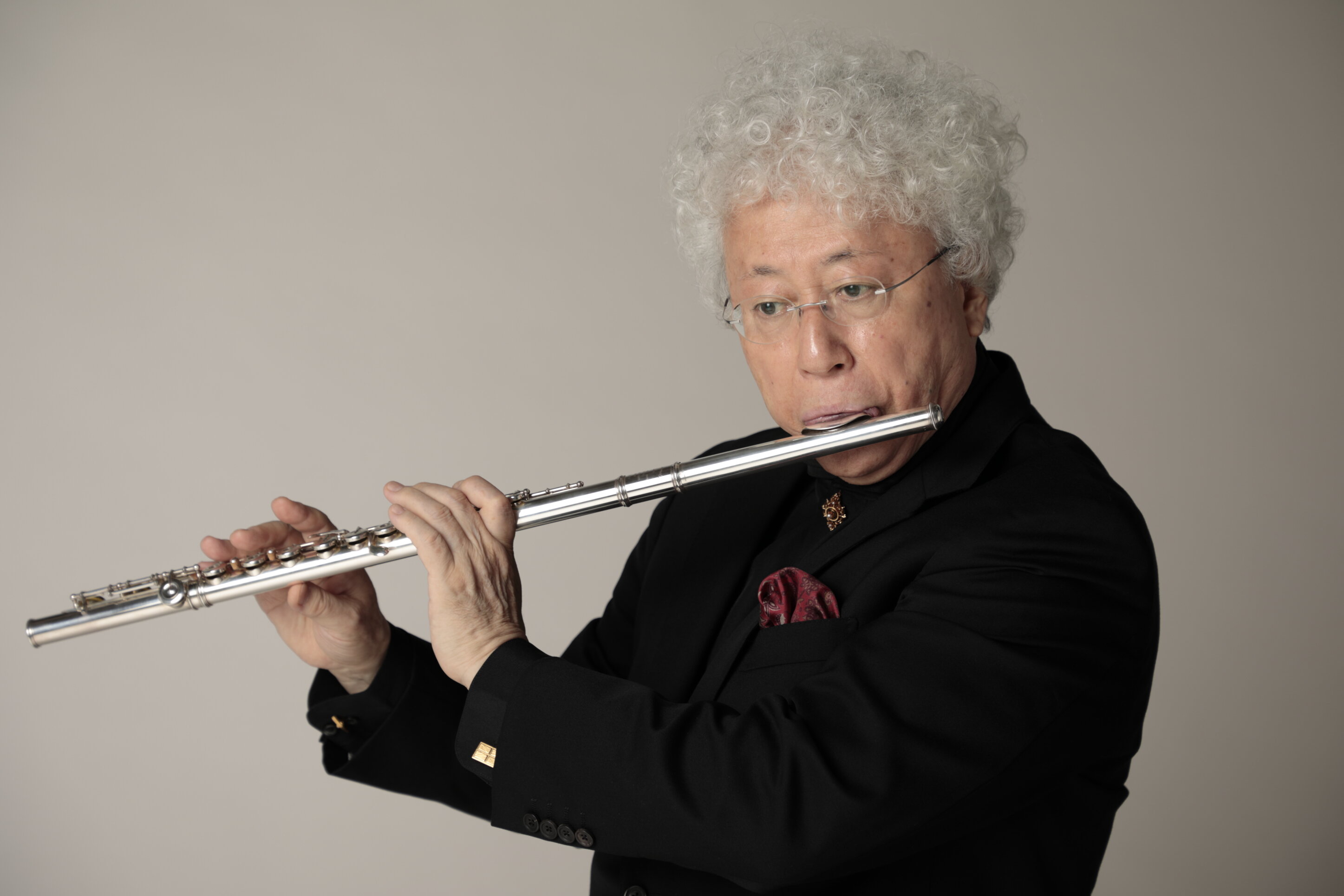 ©Rika Takei
©Rika Takei
略歴・実績
1972年、桐朋学園大学を首席で卒業。同年、第40回日本音楽コンクール第1位を獲得。翌年、ベルギーのブリュッセル王立音楽院に留学。1974年からはコレギウム・アウレウム合奏団のメンバーとして活動。翌年、ブリュッセル王立音楽院をプルミエ・プリで卒業し、ブルージュ国際音楽コンクールのフラウト・トラヴェルソ(古楽フルート)部門第1位を獲得。1977年、オランダのデン・ハーグ王立音楽院に進み、半年で最高栄誉賞つきソリスト・ディプロマを取得。1989年、東京バッハ・モーツァルト・オーケストラを結成。2009年、クラシカル・プレイヤーズ東京を結成。1985年、文化庁芸術祭賞芸術作品賞、1989年、第21回サントリー音楽賞、2017年、第30回ミュージック・ペンクラブ音楽賞クラシック部門特別賞をそれぞれ獲得。現在、桐朋学園大学特任教授。
臼井 真 様 / 小学校音楽専科教員、大学教員
顕彰理由
子どもたちが楽しみながら歌えるようにと、当初からオリジナル曲を用いる個性的な授業を展開してきた。「音楽を通して、やさしさや人の心の痛みがわかる子、目に見えないものの美しさがわかる子、さまざまなことに感動して涙を流せるような子になってほしい」と、生徒の成長を願い、生徒との交流に心を砕く姿勢が、未曽有の痛ましい災害を機に、世界12カ国語で歌い継がれる復興と鎮魂、希望の歌へと結実した。言葉や文化の壁を超えて多くの人々の心を癒し励ます音楽の力を内外に示した。
受賞者コメント
奇跡的に命が助かった阪神・淡路大震災から26年、そして38年間の教職生活を終え、退職した記念すべき年に受賞、大変光栄なことと感謝の気持ちで一杯です。自宅が全壊し、勤務先の小学校は2千人以上の避難所であった絶望感の中で、子供たちの清らかな歌声に希望を託した「しあわせ運べるように」が、私の「ふるさと」神戸市の市歌として制定された年に2重の喜びになりました。これからも多くの方々の優しさを紡いでいける歌の創作に励みます。ありがとうございました。
略歴・実績
1960年、神戸市生まれ。1983年から神戸市内の小学校で音楽専科教員を務める傍ら、小学生のために合唱曲を作詞、作曲。2021年3月、定年退職を迎えるまでに創作したオリジナル曲は400曲を超える。なかでも1995年、自宅が全壊した阪神・淡路大震災を機に作詞・作曲した「しあわせ運べるように」は多くの人々の心を捉え、神戸の復興を願うシンボル曲となった。「地震にも負けない 強い心をもって」と歌われるこの作品は、コンサート、本や楽譜、CD・DVD、報道などを通じて新潟県中越地震、東日本大震災、熊本地震、イラン・バム地震など内外の被災地に広がり、現在12カ国語に翻訳され歌い継がれている。2020年には、全国の小学校の音楽教科書に掲載された。2011年、文部科学大臣優秀教職員表彰、2021年、兵庫県功労者表彰文化功労などを受賞。現在は神戸親和女子大学准教授。
田中 三一 様 / マスタリング・エンジニア
小鐵 徹 様 / マスタリング・エンジニア、カッティング・エンジニア
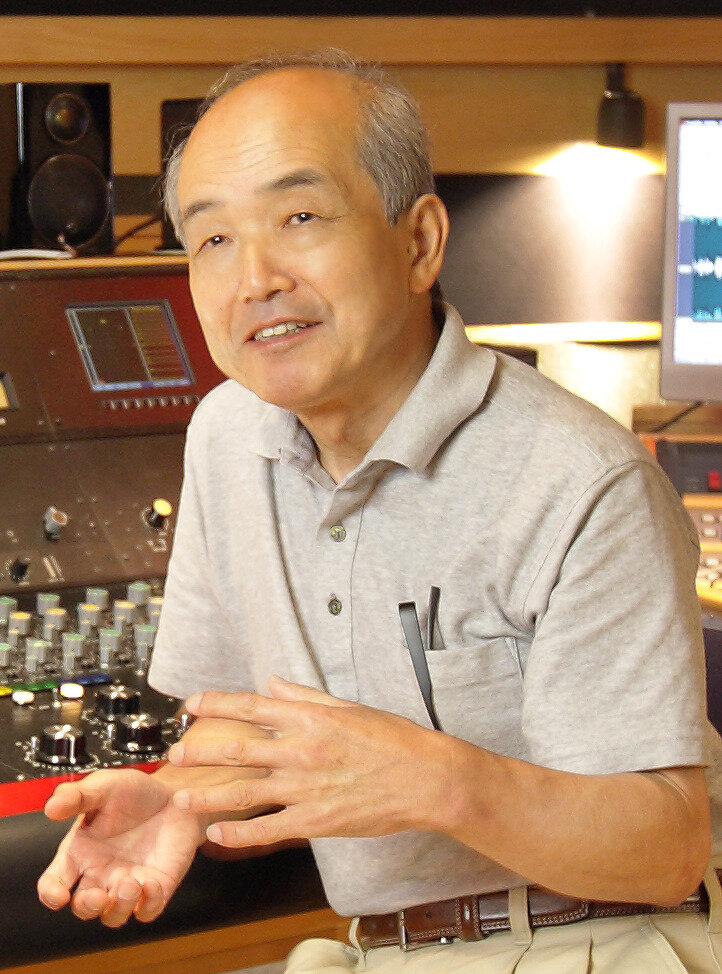 田中 三一 様
田中 三一 様
©Takashi Yashima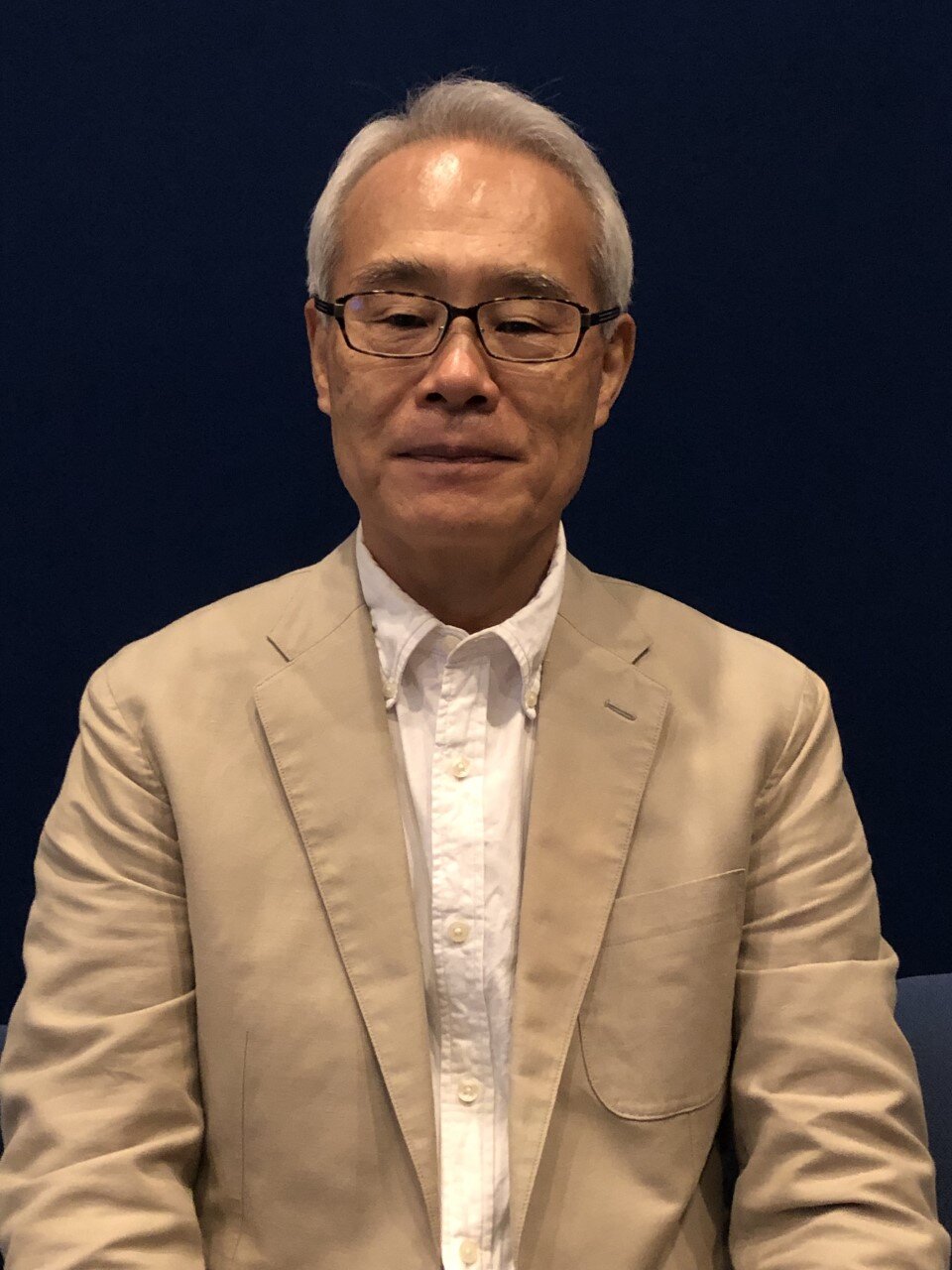 小鐵 徹 様
小鐵 徹 様 顕彰理由
CDやレコードを量産、配信するにあたって、さまざまな環境で録音、ミキシングされた音源の音量、音質、音圧、バランス、曲間などを最終段階で調整し原盤に固定する「マスタリング」作業に、国内におけるパイオニアとして尽力してきた。アーティストの意を汲む一方でリスナーの視点も大切に取り組んできた両氏の音作りは多方面で称賛され、音楽産業におけるマスタリング・エンジニアの重要性、またそのクリエイティビティに衆目を集めた功績は大きい。現在も名匠として内外からマスタリングの指名を受けている。
受賞者コメント
田中 三一 様
マスタリングは、CD、配信など、音楽を商品化するための音楽制作の最後の工程です。生演奏のレコーディングとは異なる目立たない技術にもかかわらず評価をいただき、驚きと感謝を感じた次第です。最近は音源をPC上でミックスできるため、100以上もの音を個々にコントロールできます。それゆえこのミックスという作業をマスタリングと同時進行させる手法を研究しています。今後も作業効率や生産性にも目を配り、作品の創造範囲をより広げる可能性に挑んでいきます。
小鐵 徹 様
私はレコードもCDも、アーティストにとって大事な子供だと思っております。アーティストがこの楽曲をどのように聞かせたいと思っているのか、アーティストの一言から10のことを探り出そうと集中して、アーティストが満足するものをと思っております。ですからマスタリングの度に今度こそ満足なものを作るぞと気合を入れてスタートするのですが難しいですね。チャップリンの名言を模して『最高傑作は次作』と、これまで延々とやっておりましたが、この度の思いがけない受賞により、なお一層の気合を入れ直すことができました。誠にありがとうございました。
略歴・実績
田中 三一 様 略歴
1942年、兵庫県淡路島生まれ。1969年CBS/SONY(現ソニー・ミュージックエンタテインメント/SMEJ)入社。初めてレコーディングを務めた本田路津子「秋でもないのに」のヒット以降、フォーリーブス、吉田拓郎、山口百恵、渡辺真知子等を手がけ、1982年のCD発売を機にマスタリング・エンジニアに。佐野元春、REBECCA、UNICORN、DREAMS COME TRUE、X JAPAN、電気グルーヴ、スピッツ、JUDY AND MARY、ゴスペラーズ、藤あや子、古典四重奏団など、ポップス、クラブミュージック、演歌、クラシック、沖縄民謡など幅広い分野を手がける。2018年、第25回日本プロ音楽録音賞優秀賞を受賞。SMEJを定年退職後、バーニー・グランドマン・マスタリング、studio ATLIOを経て、現在はstudio Chatriを運営。
小鐵 徹 様 略歴
1943年、岡山県新見市生まれ。1973年日本ビクター(現JVCケンウッド・クリエイティブメディア)のマスタリング部門に配属。以降、マスタリング・エンジニア、また国内で数人しかいないカッティング・エンジニアの一人としてアナログレコードやCDの制作に従事。これまで井上陽水、細野晴臣、坂本龍一、八神純子、山下達郎、岩崎宏美、サザンオールスターズ、THE BLUE HEARTS、Original Love、LUNA SEA、斉藤和義、Dragon Ash、MISIA、くるり、秦基博など数多くのアーティストを担当するほか、海外JAZZの名盤の再発など、CD、レコードを合わせて1万1千作品以上のマスタリングを手掛けている。 2018年、一般社団法人日本オーディオ協会 第23回「音の匠」を受賞。
第8回JASRAC音楽文化賞選考委員(報道社名五十音順)
古知 朋子 氏(朝日新聞東京本社 働き方改革実行委員会 事務局長)
田澤 穂高 氏(共同通信社 編集局文化部 副部長)
名越 章浩 氏(日本放送協会 解説委員室 解説主幹)
吉田 俊宏 氏(日本経済新聞社 総合解説センター 編集委員)
西田 浩 氏(読売新聞東京本社 編集局文化部 編集委員)
推薦協力
一般社団法人 日本新聞協会



